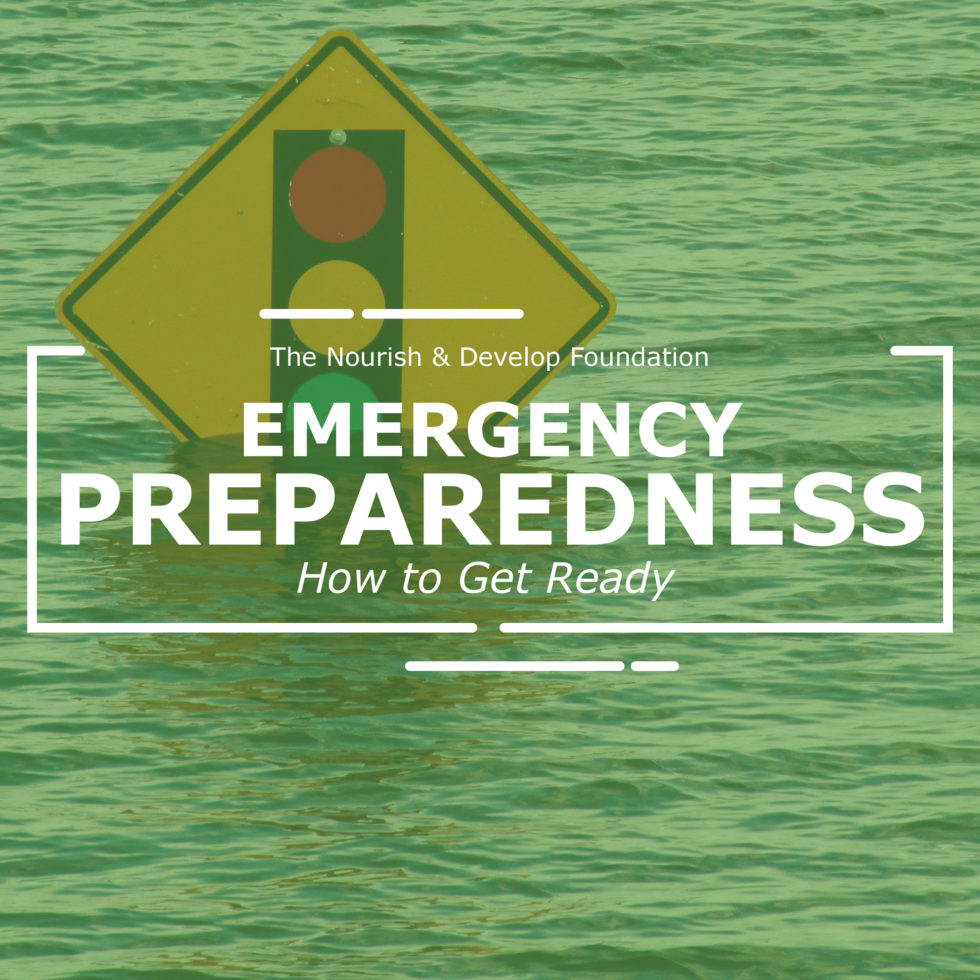Emergency Preparedness Week | May 2-8, 2021
Emergency Preparedness Week (EP Week) is a national awareness initiative that has taken place annually since 1996. This week is the perfect opportunity for you to take action to ensure you are prepared for an emergency.
Start today with these three steps:
- Know the risks – Although the consequences of disasters can be similar, knowing the risks specific to your community can help you better prepare.
- Make a plan – A plan will help you know what to do in case of an emergency.
- Build an emergency kit – In an emergency, you may need some basic supplies to cope without power or tap water. Be prepared to be self-sufficient for at least 72 hours (minimum) in an emergency.
Common Emergencies To Prepare For:
Flooding
In 2011, flooding in Manitoba and Saskatchewan featured the highest water levels and flows in modern history. Over 11,000 residents were displaced from their homes.
Storms/Severe Weather
Storms or severe weather can sometimes create secondary risks such as flooding, power outages, landslides and damaged buildings.
Fires
Home fires are one of the most common emergencies experienced by Canadians. In a matter of minutes, a fire in the home can be life-threatening.
Heatwaves
The deadliest heat wave in Canadian history produced temperatures exceeding 44ºC in Manitoba and Ontario in 1936. Rail lines and bridge girders twisted, sidewalks buckled, crops wilted and fruit baked on trees.
Power Outages
One of the most destructive and disruptive storms in Canadian history was the 1998 ice storm in Eastern Canada causing hardship for 4 million people and costing $3 billion. Power outages lasted for up to 4 weeks.
Quarantines
Pandemics are most often caused by viruses, like Coronavirus Disease 2019 (COVID-19), which can easily spread from person to person. A new virus, like COVID-19, can emerge from anywhere and quickly spread around the world.
Preparing an Emergency Kit:
Putting tools and food supplies into a kit now can help you in an emergency situation later. Emergency kits are worthwhile and can be affordable if purchases are made over time. Even small steps towards assembling a kit can make a huge difference during an emergency.
- Check junk drawers for the supplies you have. Chances are you have things to put in your kit now and do not need to buy.
- List the things you need. Use your list to shop sales.
- Start building your kit with essentials like food and water, then work on adding other items over time as your budget allows.
- Look for weekly or daily specials and use coupons.
- Check with family and friends to see if they have any spare items. If friends and family are preparing as well, shop together to buy in bulk.
- Visit your local dollar store to stock up.
Look for items that will not expire quickly. - Check expiry dates every year. Use the food supplies in your kit before they go bad and replace them when you can.
- Look for free resources. Sometimes fire departments, charities, schools, and police stations handout emergency kit items.
- Save money towards the cost of a Red Cross Kit. Emergencies supplies often go on clearance. Visit www.products.redcross.ca for their sales.
Resources
https://www.getprepared.gc.ca/cnt/rsrcs/pblctns/index-en.aspx
https://www.publicsafety.gc.ca/index-en.aspx
https://www.redcross.ca/how-we-help/emergencies-and-disasters-in-canada/types-of-emergencies



